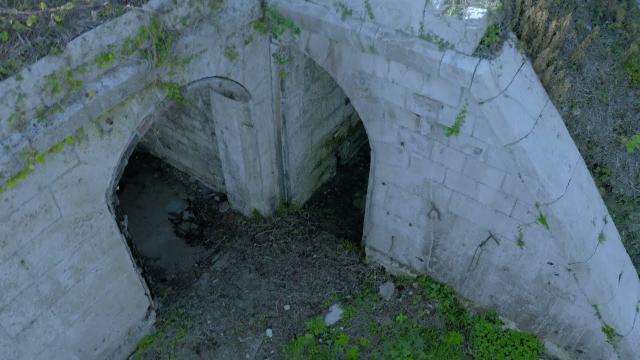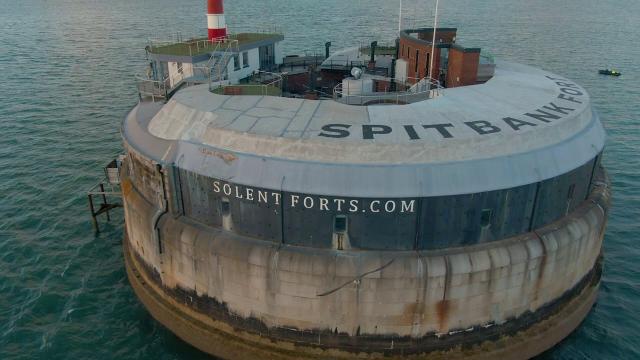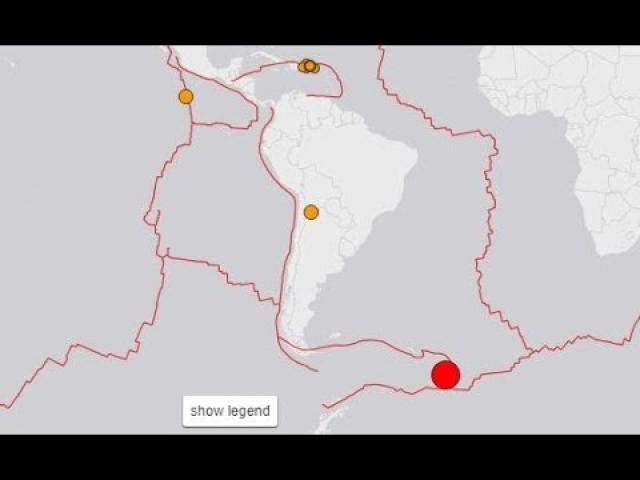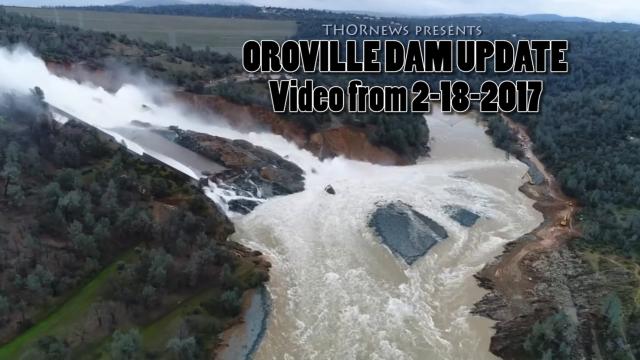Hilsea Lines Forts Portsmouth ISLAND PROTECTION
Description
The Hilsea Lines are a line of 18th- and 19th-century fortifications built at Hilsea to protect the northern approach to Portsea Island, an island off the southern coast of England which forms the majority of the city of Portsmouth and its key naval base. They are now used as a greenspace and leisure area, also known locally as Foxes Forest.
The island is separated from the mainland by a narrow stretch of water called Portsbridge Creek. The first means of crossing the creek was by stepping stones, followed by a single track bridge, built to allow the passage of pedestrians and horse-drawn carts to have access to Portsea Island.
Early defences
Early defences were focused on the 'Portsbridge' that crossed the creek.[1] A fortification is thought to have been built at the mainland end of the bridge during the reign of King Henry VIII.[1] In 1642 the fort was captured by parliamentary forces as part of the English Civil War. It was rebuilt in 1688 and again in 1746.[1] During the Civil War further defences were constructed by the royalists consisting of a wooden barricade mounted on the bridge backed by a small fort equipped with 4 cannon.[2] The cannon were withdrawn on 10 August 1642 and with the barricade held by as few as eight men the parliamentarian forces were able to cross the creek two days latter.[2] The Parliamentarians then constructed their own defences of at the site of the bridge consisting of two mounds on which a total of 6 cannon were mounted.[2] The Parliamentarians appear to have constructed further defences near the bridge in 1643.[3]
The first lines
During 1756 and 1757 defensive lines were constructed on the Portsea Island side of the creek under the supervision of John Peter Desmaretz.[1] They consisted of a 15–20-foot-wide (4.6–6.1 m) and 6-foot-deep (1.8 m) ditch backed by a 7–8-foot (2.1–2.4 m) rampart.[4] Water could be allowed to flow into the ditch from sluices at either end.[4]
The current lines
The inside of one of the Hilsea Lines' gun casements
The current lines were constructed between 1858 and 1871.[5] They included special fortified bridges for road and rail access. A model of the Hilsea Lines featured in the 1862 International Exhibition.[6] Even before their completion the Hilsea Lines had been rendered obsolete by the 1859 Royal Commission and advances in artillery technology; as such they were the last full bastioned trace constructed in the United Kingdom.[7] The development of rifled artillery meant that it was now possible for an enemy to occupy the high ridge of Portsdown Hill north of Portsmouth and shell the naval base from several miles away without having to attack the Hilsea Lines. To counter the new threat a series of "Palmerston Forts" were constructed on Portsdown Hill and the Hilsea Lines were scaled back. In particular a pair of forts that it had been planned to place behind the lines were not constructed.[8]
As completed, the lines are largely built from clay and chalk and were 30 feet (9.1 m) high when completed.[9] Traffic on the London Road passed through the lines via a pair of 15-foot-wide (4.6 m), 18-foot-high (5.5 m) tunnels.[9] There was also an 8-foot-wide (2.4 m), 11-foot-high (3.4 m) tunnel for pedestrians.[9] The section containing the tunnels was demolished in 1919.[9]
The nature reserve at Hilsea Lines has in recent decades become locally known as Foxes Forest.
https://en.wikipedia.org/wiki/Hilsea_Lines
My Instagram: https://www.instagram.com/mattswilli/
Facebook: https://www.facebook.com/groups/1228424283971624/
email me at me@thematthewwilliams.com or truthsee@gotadsl.co.uk
Also present on this explore were
Exploring Within - https://www.youtube.com/user/richtea8
Hidden History with Ray - https://www.youtube.com/user/beale7125
Equipment used:
Sony A7s ii with Samyang 14mm full frame lens
Dji Pocket 2 camera
Insta 360x R
Adobe Premiere Pro 2020
Ryzen 3950X
65GB Ram
Windows 10 (No Apple shiz here)
Nvidia RTX 3090 GFX














